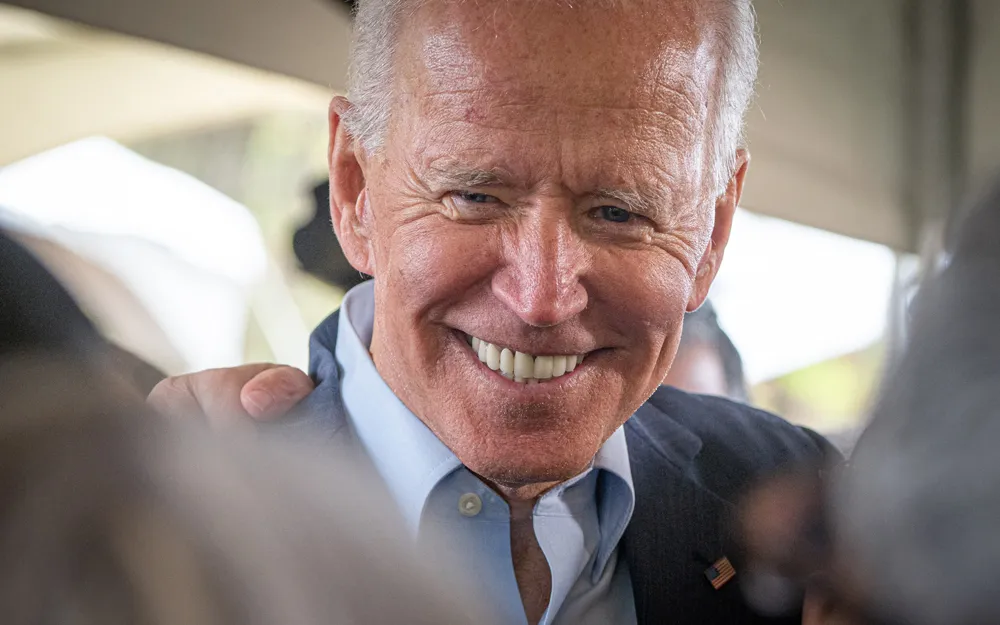According to a recent report by Timetric’s Construction Intelligence Center (CIC), Norway’s construction industry will continue to expand over the coming five years, with investment in transport infrastructure projects continuing to drive growth. Under the government’s fourth National Transport Plan (NTP) 2014–2023, a series of infrastructure projects will be launched with an investment of around US$86.5 billion.
The Norwegian Ministry of Transport and Communications has proposed total investment in th
August 7, 2015
Read time: 2 mins
According to a recent report by Timetric’s Construction Intelligence Center (CIC), Norway’s construction industry will continue to expand over the coming five years, with investment in transport infrastructure projects continuing to drive growth. Under the government’s fourth National Transport Plan (NTP) 2014–2023, a series of infrastructure projects will be launched with an investment of around US$86.5 billion.
The Norwegian Ministry of Transport and Communications has proposed total investment in the country’s road infrastructure that will amount to US$53 billion, which includes the development of the national road network and funding to municipal authorities. Accordingly, 1,280 kilometres of new trunk roads and 380 kilometres of four-lane motorway will be opened.
The overall construction industry’s output value rose at an annual average rate of over 7 per cent in real terms during 2010–2014, but there will be a deceleration to 3.9 per cent a year on average in 2015-2019, according to Timetric’s CIC. The construction industry is expected to face risks such as rising labour and construction costs, and activity will be constrained by the relatively weak economic growth picture combined with a slowdown in spending on oil infrastructure.
Residential construction is the largest market in the Norwegian construction industry, accounting for 45 per cent of the industry’s total value in 2014.
According to Danny Richards, Economist at Timetric’s CIC, “Over the next five years, the residential market will be supported by the country’s growing population, urbanization and low unemployment. Projections from the UN Department of Economic and Social Affairs show that as a percentage of the total population, the country’s urban population is expected to increase from 79.1 per cent in 2010 to 83.9 per cent in 2030. Moreover, the country’s population is expected to increase by 19.4 per cent between 2010 and 2030, thus creating demand for new residential buildings.”
The Norwegian Ministry of Transport and Communications has proposed total investment in the country’s road infrastructure that will amount to US$53 billion, which includes the development of the national road network and funding to municipal authorities. Accordingly, 1,280 kilometres of new trunk roads and 380 kilometres of four-lane motorway will be opened.
The overall construction industry’s output value rose at an annual average rate of over 7 per cent in real terms during 2010–2014, but there will be a deceleration to 3.9 per cent a year on average in 2015-2019, according to Timetric’s CIC. The construction industry is expected to face risks such as rising labour and construction costs, and activity will be constrained by the relatively weak economic growth picture combined with a slowdown in spending on oil infrastructure.
Residential construction is the largest market in the Norwegian construction industry, accounting for 45 per cent of the industry’s total value in 2014.
According to Danny Richards, Economist at Timetric’s CIC, “Over the next five years, the residential market will be supported by the country’s growing population, urbanization and low unemployment. Projections from the UN Department of Economic and Social Affairs show that as a percentage of the total population, the country’s urban population is expected to increase from 79.1 per cent in 2010 to 83.9 per cent in 2030. Moreover, the country’s population is expected to increase by 19.4 per cent between 2010 and 2030, thus creating demand for new residential buildings.”








